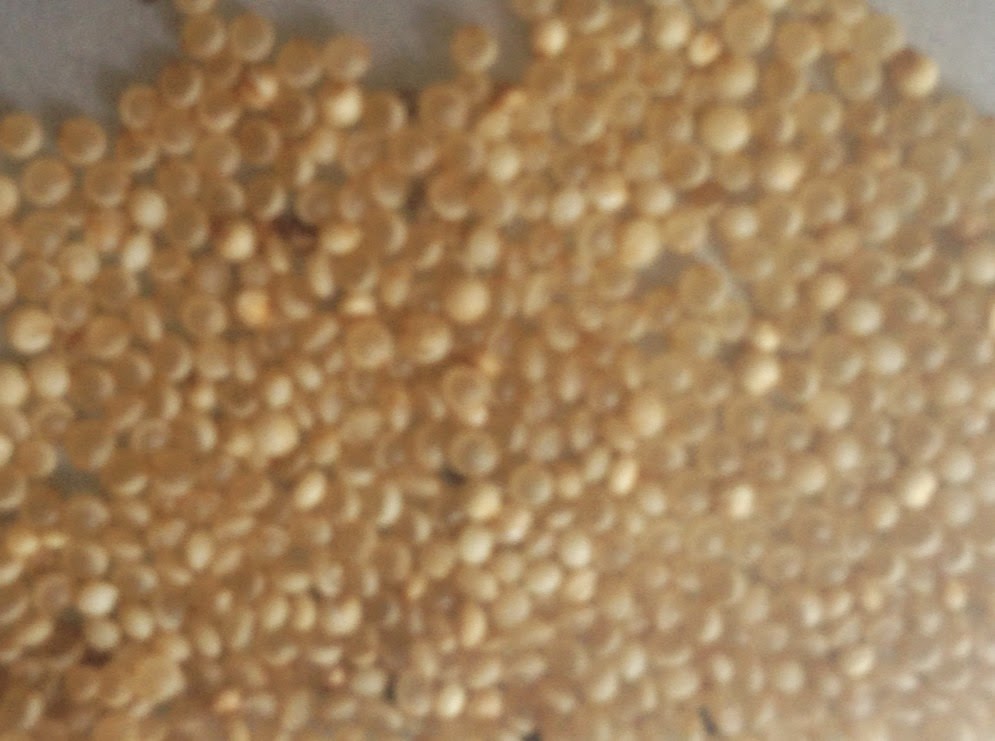Kiwi :) Yang Tao
The kiwi fruit is a small fruit approximately 3 inches long and weighing about four ounces, tangy and sweet tasting fruit.Its green flesh is almost creamy in consistency with an invigorating taste reminiscent of strawberries, melons and bananas, yet with its own unique sweet flavor.
Native to China, kiwi fruits were originally known as Yang Tao. They were brought to New Zealand from China by missionaries in the early 20th century with the first commercial plantings occurring several decades later. In 1960, they were renamed Chinese Gooseberries.
Packed with more vitamin C than an equivalent amount of orange, the bright green flesh of the kiwifruit speckled with tiny black seeds adds a dramatic tropical flair to any fruit salad. California kiwifruit is available November through May, while the New Zealand crop hits the market June through October making fresh kiwis available year round.
Kiwi Juicing :)
3 Kiwifruits, peeled and cut in slices
Apples cored, peeled and sliced
Ice Cubes and 2 Kiwi Slices, for garnishing
Keep an empty container under juice extractor nozzle
and process apple and kiwifruit slices through juicer.
Add ice cubes in serving glasses and pour prepared juice over it.
Garnish with kiwi slices and serve
Enjoy :)
The kiwi fruit is a small fruit approximately 3 inches long and weighing about four ounces, tangy and sweet tasting fruit.Its green flesh is almost creamy in consistency with an invigorating taste reminiscent of strawberries, melons and bananas, yet with its own unique sweet flavor.
Native to China, kiwi fruits were originally known as Yang Tao. They were brought to New Zealand from China by missionaries in the early 20th century with the first commercial plantings occurring several decades later. In 1960, they were renamed Chinese Gooseberries.
Packed with more vitamin C than an equivalent amount of orange, the bright green flesh of the kiwifruit speckled with tiny black seeds adds a dramatic tropical flair to any fruit salad. California kiwifruit is available November through May, while the New Zealand crop hits the market June through October making fresh kiwis available year round.
Kiwi Juicing :)
3 Kiwifruits, peeled and cut in slices
Apples cored, peeled and sliced
Ice Cubes and 2 Kiwi Slices, for garnishing
Keep an empty container under juice extractor nozzle
and process apple and kiwifruit slices through juicer.
Add ice cubes in serving glasses and pour prepared juice over it.
Garnish with kiwi slices and serve
Enjoy :)

























